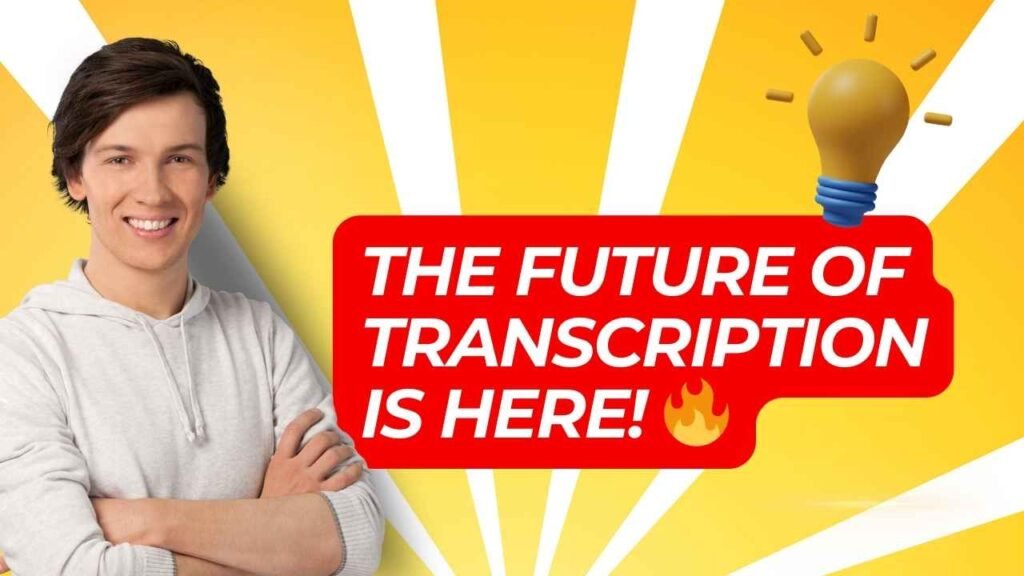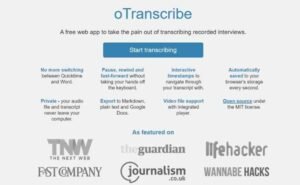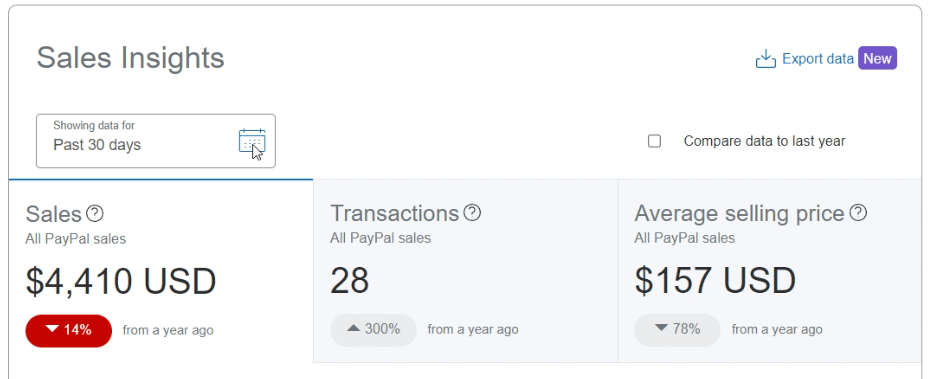AFFILIATE DISCLOSURE
This post may contain affiliate links. An affiliate means Escribr may earn referral fees if you make a purchase through our link without any extra cost to you. It helps to keep this blog afloat. Thanks for your support!
Did you know that by visiting this blog, you are doing good in the world? READ THIS.
Imagine you’re in a crucial business meeting or attending a groundbreaking conference, and by the time it’s over, a perfectly transcribed summary is already in your inbox. Or perhaps you’re a content creator who uploads a video, and within moments, you have captions and blog-ready transcripts at your fingertips. This isn’t a glimpse into a distant future—it’s the reality of transcription in 2024.
What was once a slow, labor-intensive process has been completely revolutionized. Thanks to cutting-edge AI tools, industry-specific customizations, and seamless human-machine collaboration, transcription in 2024 is faster, smarter, and more accessible than ever before.
But what does this mean for you?
Whether you’re a business professional, a freelancer, or simply curious about technology’s impact, understanding the shifts in transcription is essential.
Let’s explore how transcription has evolved, what tools are making waves, and the challenges that still need to be tackled in 2025. Get ready to dive into the future of transcription. 🚀
The Evolution of Transcription: From Manual Typing to AI Magic
A Look Back: Manual Transcription
Not so long ago, transcription was an arduous process. Transcribers would listen to recordings repeatedly, pausing and rewinding audio files to ensure every word was captured. This labor-intensive approach required immense focus, sharp hearing, and fast typing skills. For decades, transcription remained largely manual, with little innovation to streamline the process.
Fast Forward to 2024: AI-Driven Tools Dominate
Today, transcription is powered by artificial intelligence, delivering speed and accuracy previously thought impossible. Real-time transcription tools like Whisper API, Otter.ai, and TurboScribe can generate accurate transcriptions within seconds of recording. AI models have become incredibly sophisticated, capable of handling:
- Complex accents and dialects
- Specialized jargon for industries like healthcare and law
- Multi-speaker scenarios
For instance, imagine attending a business meeting and receiving a fully transcribed summary before leaving the room. It’s the reality of 2024.
Customization and Accessibility: Tailored for Every Need
Tailored Solutions for Specific Industries
Modern transcription tools aren’t just fast; they’re also highly customizable. Industry-specific solutions ensure that unique terminology and workflows are supported:
- Legal Transcription: Tools now recognize courtroom jargon and distinguish between speakers with precision.
- Medical Transcription: AI platforms understand complex medical terms, abbreviations, and even prescriptions.
- Media Transcription: Real-time captioning for live events and seamless integration with video production workflows.
Breaking Language Barriers
Globalization demands tools that can transcend language. Multilingual transcription and translation tools are now more accessible than ever. Businesses can easily transcribe audio into multiple languages, opening up possibilities for:
- Real-time customer support across regions
- Localized marketing campaigns
- Global team collaborations
These advancements are particularly significant for multinational corporations and creators looking to reach a broader audience.
The Rise of the Hybrid Model: Human and AI Collaboration
AI Speeds Up the Process
While AI transcription is fast and efficient, it’s not foolproof. Background noise, overlapping conversations, and unclear audio can still trip up even the most advanced systems.
Human Expertise Ensures Accuracy
Enter the hybrid model—a seamless combination of AI efficiency and human accuracy. Here’s how it works:
- AI Drafts: The AI creates an initial transcription, handling the bulk of the work.
- Human Editing: Transcribers or editors refine the draft, ensuring context, nuance, and clarity.
This approach is gaining popularity among freelancers, agencies, and businesses alike. For example, a podcast team might use AI to transcribe an episode quickly and then have an editor polish the transcript for publishing.
Challenges in 2024: The Roadblocks to Perfection
Background Noise and Poor Audio Quality
Even the best AI struggles with recordings that include heavy background noise or low-quality audio. This can result in inaccuracies that require human intervention.
Overlapping Dialogue
When multiple speakers talk simultaneously, transcription tools can become confused, leading to errors or omissions.
Specialized Jargon
While customization has improved, some fields with niche language still require manual oversight to ensure accuracy.
Ethical and Privacy Concerns
As transcription tools become more powerful, concerns about data privacy and ethical use have emerged. Users must ensure their tools comply with regulations like GDPR and maintain the confidentiality of sensitive information.
The Future of Transcription
For Businesses
Businesses can leverage transcription tools for faster workflows, improved accessibility, and better customer engagement. Real-time transcription enables companies to:
- Caption live webinars and events
- Generate meeting summaries instantly
- Localize content for diverse audiences
For Freelancers and Professionals
Freelancers can use transcription tools to boost productivity and expand their services. By combining AI with manual editing, they can deliver high-quality results faster.
For Content Creators
Content creators benefit from transcription by repurposing audio into blogs, social media captions, and subtitles, maximizing audience reach and engagement.
Key Takeaways from 2024
Transcription has evolved into a cutting-edge field where innovation meets practicality. Here are the key trends shaping the industry:
- Real-Time AI Tools: Faster and more accurate than ever, AI transcription is a game-changer.
- Customization and Accessibility: Tailored solutions and multilingual capabilities are breaking barriers.
- Hybrid Workflows: Human-AI collaboration ensures the best balance of speed and quality.
- Opportunities for All: From businesses to creators, transcription offers unmatched versatility.
Embrace the Future of Transcription
2024 is a transformative year for transcription, offering exciting possibilities for professionals and everyday users alike. Whether you’re leveraging AI tools, exploring new workflows, or diving into transcription for the first time, there’s no better time to embrace the changes.
💡 What’s your take? Are you fully embracing AI, or do you think traditional transcription still has its place?
If you’re looking for a transcription service that combines speed, accuracy, and affordability, check out TurboScribe or Clipto. With advanced AI and user-friendly features, these tools are designed for the modern world of transcription.











